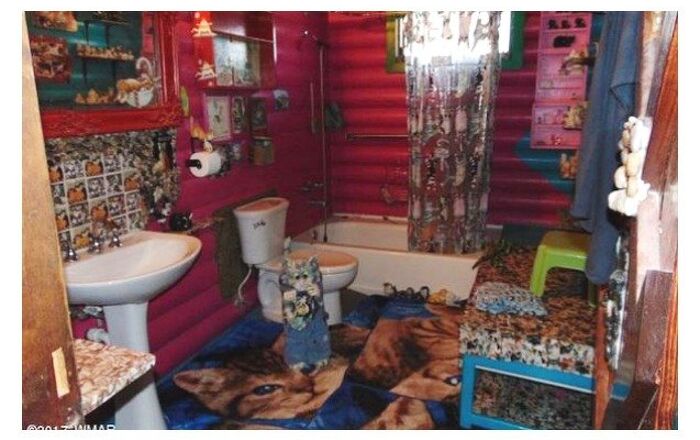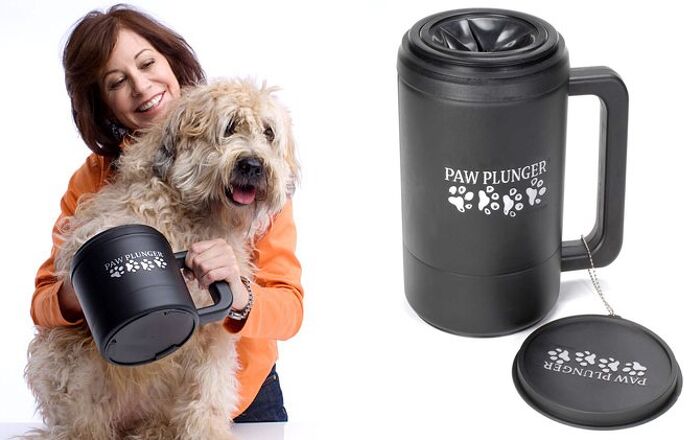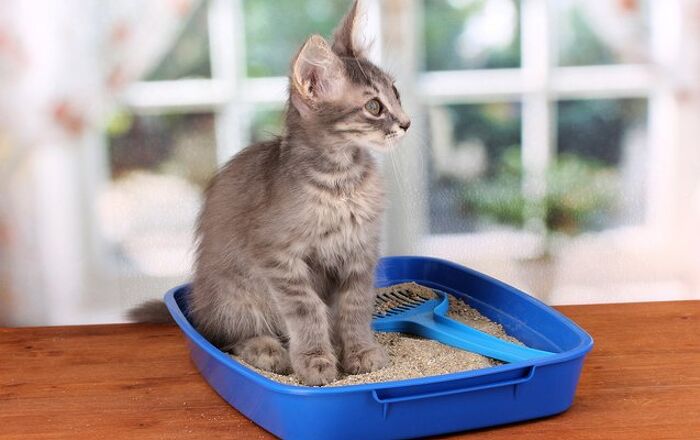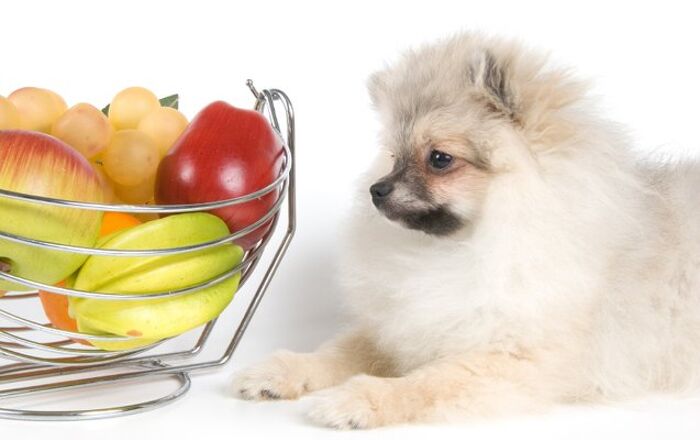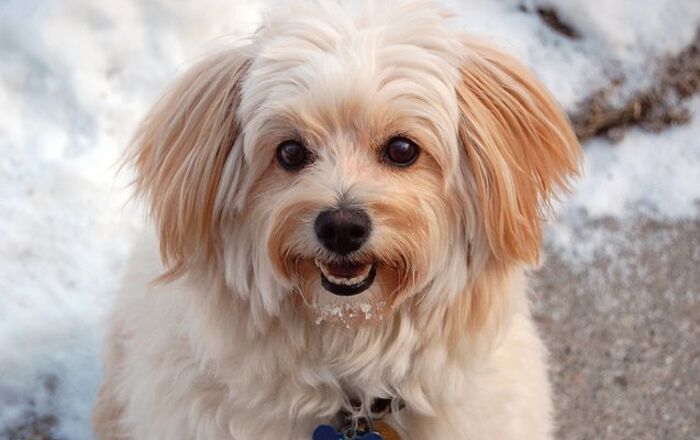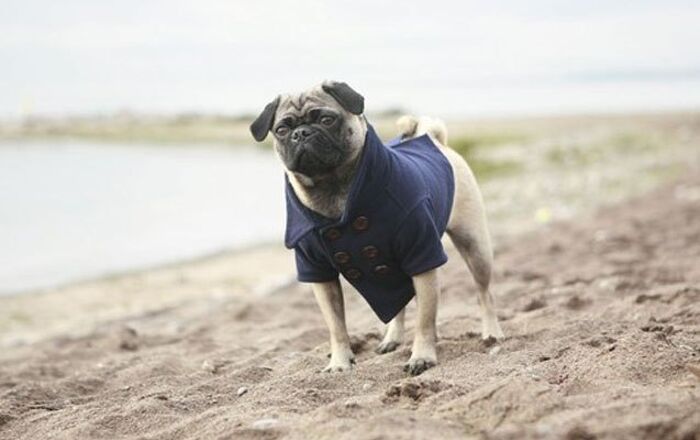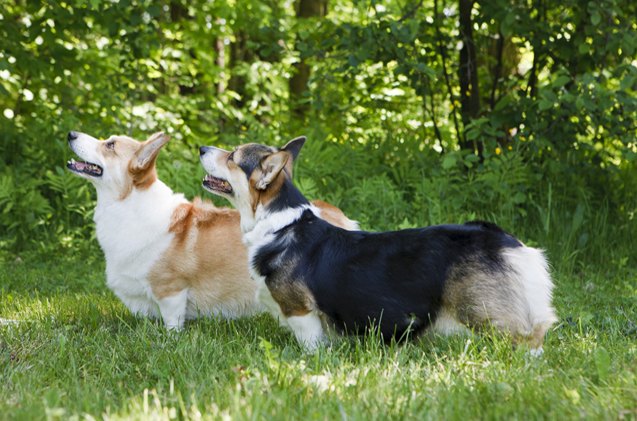
Let’s take a look at the causes, symptoms and treatment of von Willebrand in dogs
Von Willebrand’s (vWD) is an inherited bleeding disorder, much like hemophilia in humans. The most common inherited bleeding disorder among dogs, Von Willebrand’s is passed down from parents to offspring. It appears in equal frequency in both male and female dogs. Von Willebrand in dogs occurs because of a deficiency of von Willebrand Factor (vWF). The vWF is responsible for blood clotting – it is a carrier protein for coagulation Factor VIII (needed for blood clotting).
There are three different types of von Willebrand disease. The mildest form and most common is Type 1 vWD, which is recessive or incompletely dominant. That means that either parent carries the gene, but not all offspring will be as affected by the disease. Dogs suffering from Type 1 vWD have reduced but measurable levels of Von Willebrand factor (1 to 60 percent). Type 2 vWD and Type3 vWD are the most severe and rare, and are recessive. That means the dog inherits the gene from both parents and will have zero levels of vWF. Dog breeds that have shown to be most susceptible to the disease are Doberman Pinschers, German Shepherds, Golden Retrievers, Miniature Schnauzers, Pembroke Welsh Corgis, Shetland Sheepdogs, Basset Hounds, Scottish Terriers, Standard Poodles, and Manchester Terriers.
If your dog has a mild form of the disease, it could go undiagnosed for years. It may only come to light after your dog has an accident or gets into a fight with another dog.
Below are a few of the most frequent symptoms of von Willebrand disease:
Although there is no cure for von Willebrand in dogs, there are a few options as to treating it. As an owner, you need to pay special attention to your dog to ensure that he doesn’t injure himself while playing or engaging in physical activity. You should always have a healthy supply of bandages, pressure wraps, sutures, or skin glue in case of an accident, and carry these with you at all times.
In the event that your dog needs surgery, the vet may give your dog the drug DDAVP, which helps to increase von Willebrand factor for a short period of time. As well, your dog may need to receive a blood transfusion if he has a severe type of the disease.
Your dog can live a healthy and happy life after being diagnosed with Von Willebrand. It will just take vigilance and management on your part to ensure your dog avoids risks that could put him in harm’s way.
